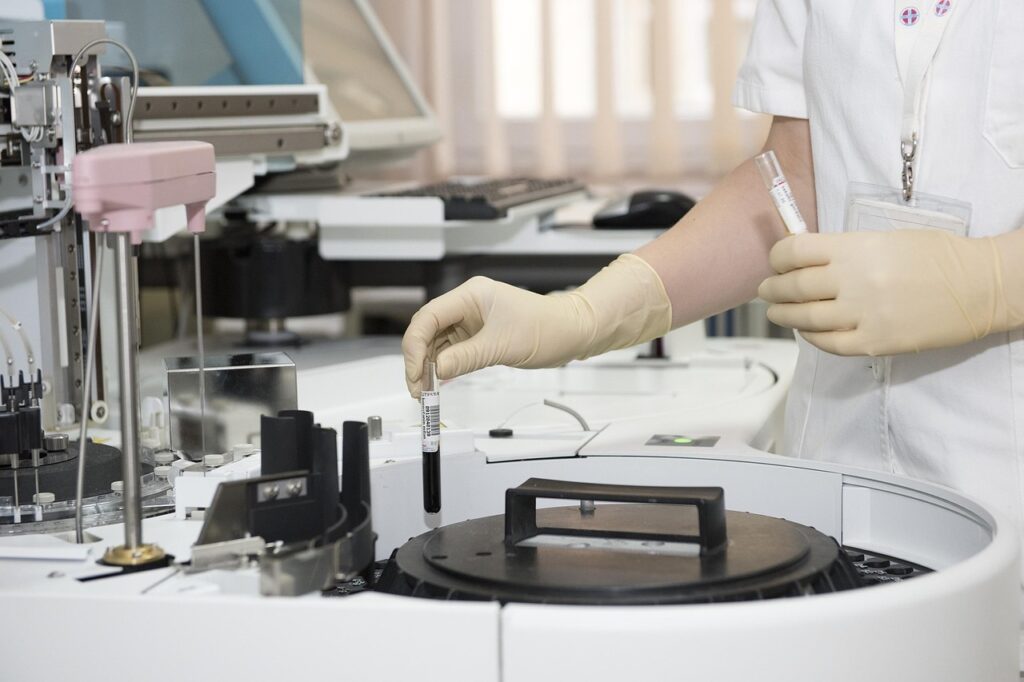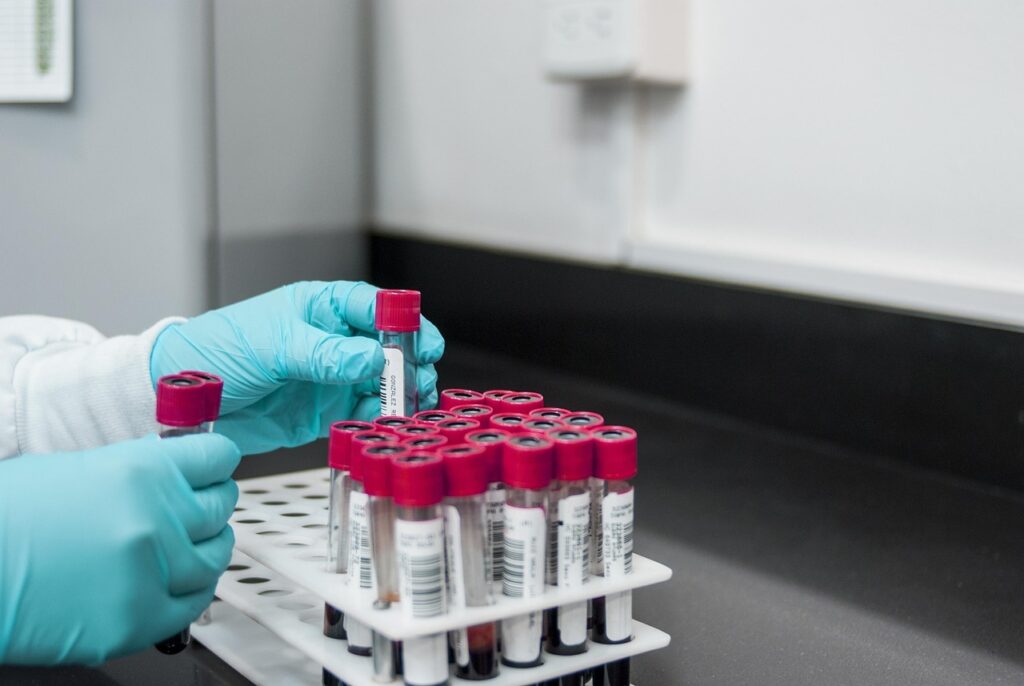
Your Health Magazine
4201 Northview Drive
Suite #102
Bowie, MD 20716
301-805-6805

More Health Industry Insights Articles
How Miniaturization and Precision Are Reshaping Clinical Laboratories
Walk into a modern clinical lab today and you’ll feel it instantly. The air hums with quiet efficiency. Small, sleek machines replace bulky equipment. Screens glow with real-time data. Every detail looks intentional. This transformation didn’t happen overnight. It’s part of a bigger movement built around two simple ideas: miniaturization and precision.
These changes are rewriting the rules of how labs operate. Old workflows once required manual effort and a lot of patience. Now, automation and small-scale systems take center stage. The shift saves time, reduces waste, and improves consistency. It’s not about making science faster for the sake of speed. It’s about pushing the limits of what’s possible in diagnosis and research.

The Power Behind Precision
One of the most fascinating changes in this space comes from precision liquid dispensing. It might sound technical, but the idea is simple. Think of it as controlling the exact amount of liquid used in an experiment down to the tiniest droplet. Even the smallest variation can make or break results. So, this kind of precision isn’t a luxury. It’s a necessity.
Automated systems that manage these delicate tasks have changed how labs handle samples. Each movement is measured. Each droplet is tracked. It allows researchers to work with higher confidence and less human error. Over time, this has helped labs cut costs and improve reliability. The science feels tighter, cleaner, and more trustworthy.
Miniaturization Means More With Less
Miniaturization might be the quiet hero here. When tools get smaller, labs can do more in less space. It’s not just about saving room on the bench. Smaller systems use fewer resources. They require less energy, smaller reagent volumes, and generate less waste.
This isn’t a minor perk. In a field where budgets and sustainability matter, efficiency changes everything. Miniaturized instruments let smaller labs compete with big players. They make advanced testing accessible in places where space or funding used to be a problem.
Beyond cost, there’s something exciting about shrinking the physical footprint of complex science. It gives more freedom to experiment. It invites new possibilities. It even makes it easier to integrate devices into portable or mobile setups—perfect for field research or emergency testing.
Automation Meets Accuracy
Automation sits at the core of this revolution. Manual pipetting once took hours and depended on steady hands. Automated systems now do it in minutes and with greater accuracy. When a task becomes automated, consistency improves. Variability drops. Scientists spend less time repeating tests and more time analyzing data.
This shift has changed the role of the lab technician. Instead of performing repetitive motions, they focus on designing experiments and interpreting results. It’s a change that’s raising both productivity and morale. Technology is no longer replacing people. It’s empowering them to do better science.
Diagnostics Get a Boost
These innovations go beyond the lab bench. Miniaturization and precision tools are reshaping diagnostics too. Faster results mean quicker answers for patients. More reliable readings mean better treatments. Every time a lab cuts down testing time or error rates, it impacts real lives.
For example, microfluidic systems are bringing lab-quality diagnostics closer to the bedside. Patients no longer need to wait days for basic results. Hospitals and clinics benefit from reduced costs and faster turnaround. The outcome is clear. Smaller tools deliver bigger value in healthcare.
Sustainability Through Smart Design
Precision and miniaturization also have an environmental upside. Traditional lab processes consume large volumes of reagents and water. Smaller systems help reduce this footprint. Automated dispensing cuts waste by using only what’s needed. These small changes add up over time.
Sustainability isn’t just a buzzword anymore. Labs are actively looking for greener workflows. Miniaturized systems and precision devices fit right into that mindset. They’re efficient by nature, and that efficiency helps protect resources. It’s a win for science and the planet.

The Future of Lab Technology
The direction is clear. Labs will continue to get smaller, smarter, and faster. New designs will blur the line between traditional research spaces and portable technology. Some experts even predict that diagnostics will move entirely out of the lab. Imagine real-time testing with handheld devices that once took entire rooms to operate.
But there’s still work to do. As tools evolve, training needs to keep pace. Researchers must understand not only how to use these technologies but also how to interpret the massive streams of data they create. It’s a new challenge, but also an exciting one.
Conclusion: The Small Things Making a Big Difference
Miniaturization and precision aren’t just trends. They represent a complete mindset shift in scientific research. Labs are learning to think smaller and act smarter. Every drop, every measurement, every sample counts. With innovations like precision liquid dispensing, the future of clinical laboratories looks more streamlined and sustainable.
These advances don’t just improve workflows. They improve lives. The smallest actions—literally droplets and nanoliters—are driving the biggest leaps in healthcare. The more we refine these systems, the closer we get to a world where diagnosis is faster, treatment is targeted, and science runs cleaner. Sometimes, less really is more.
Other Articles You May Find of Interest...
- How Miniaturization and Precision Are Reshaping Clinical Laboratories
- Apeiron Synthesis: Partnering Industry with Cutting-Edge Catalysis
- From Design to Production: Key Steps in Manufacturing Medical Devices
- Integrating Drug Substance Manufacturing with Fill-Finish Operations Introduction
- From Powder to Pill: A Plain-English Guide to the Tablet Manufacturing Process
















